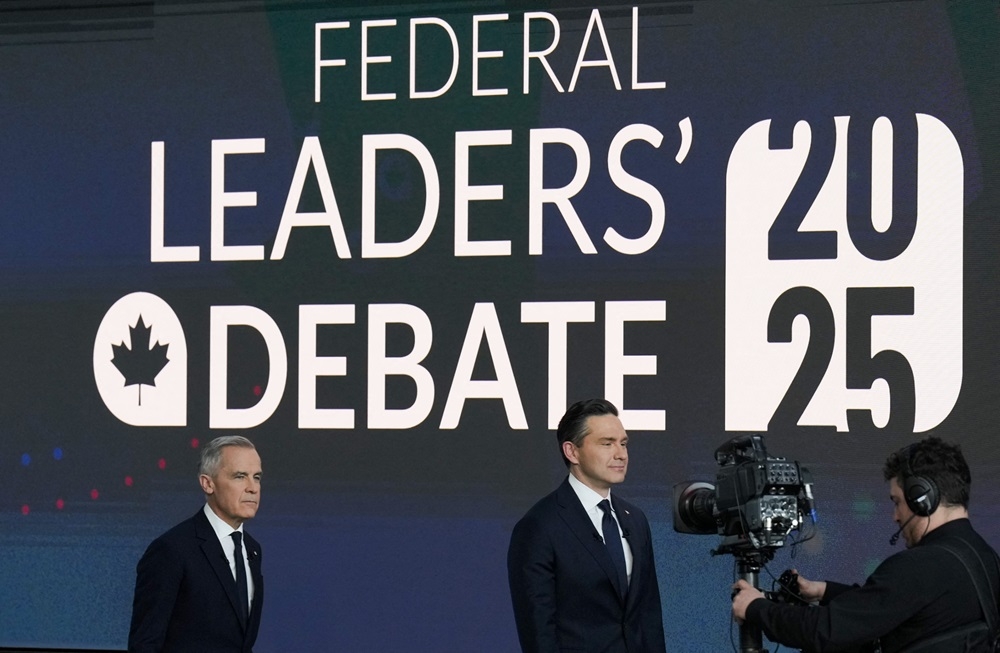As Canada approaches the 2025 federal election, the political landscape is shaped by a clear ideological divide between Conservative Leader Pierre Poilievre and prospective Liberal leader Mark Carney. Poilievre campaigns on a platform of hope, reduced government intervention, and economic freedom, promising tax cuts and deregulation to tackle the cost-of-living crisis. In contrast, Carney advocates for cautious, incremental reforms focused on fiscal stability, social programs, and climate commitments, warning that aggressive Conservative policies could jeopardize public finances and social services. The election thus presents voters with a pivotal choice between a vision of transformative change and one oriented toward measured stability.
Conservative Vision: Economic Freedom and Tax Relief
Pierre Poilievre has positioned himself as a champion of economic freedom, advocating for substantial tax cuts and a reduction in government regulation to stimulate growth amid rising living costs. Emphasizing a platform grounded in hope and individual empowerment, Poilievre argues that less government intervention will encourage entrepreneurship, job creation, and affordable consumer prices. His campaign directly addresses concerns about inflation and housing affordability, promising policies aimed at alleviating financial pressures facing Canadian families.
Liberal Approach: Caution and Fiscal Responsibility
Mark Carney, expected to lead the Liberal Party into the 2025 election, presents a contrasting message centered on fiscal prudence and incremental reform. Drawing from his background as a former Bank of Canada Governor, Carney underscores the importance of maintaining social programs and committing to climate targets while safeguarding the country’s fiscal health. He warns that rapid deregulation and deep tax cuts proposed by the Conservatives risk undermining essential public services and long-term economic stability, advocating instead for balanced, sustainable policies.
Impact on Canadian Voters
The ideological divergence between Poilievre and Carney sets the stage for a decisive electoral contest. Voters will have to weigh the potential benefits of swift, transformative change against the perceived security of deliberate and cautious governance. The debate encapsulates broader questions about Canada’s economic direction, social safety nets, and environmental commitments, making the upcoming election a critical moment for the nation’s future trajectory.
Context and Outlook
Canada’s 2025 federal election arrives amid persistent economic challenges, including inflationary pressures, supply chain disruptions, and environmental concerns. Both leaders recognize these issues but prioritize responses differently, reflecting broader global debates on governance in uncertain times. As the campaigns develop, observers expect intensified exchanges on policy specifics and fiscal projections, with ongoing analysis from economic experts and political commentators informing public discourse.
In conclusion, the 2025 Canadian federal election presents a fundamental choice between two contrasting approaches to governance and economic management. Pierre Poilievre’s campaign emphasizes rapid economic liberalization and tax relief as means to address immediate cost-of-living issues, while Mark Carney advocates for measured reforms aimed at preserving fiscal stability and social programs. The election outcome will significantly influence Canada’s policy direction on economic recovery, social welfare, and climate commitments, making it a defining moment for the country’s political and economic future.

